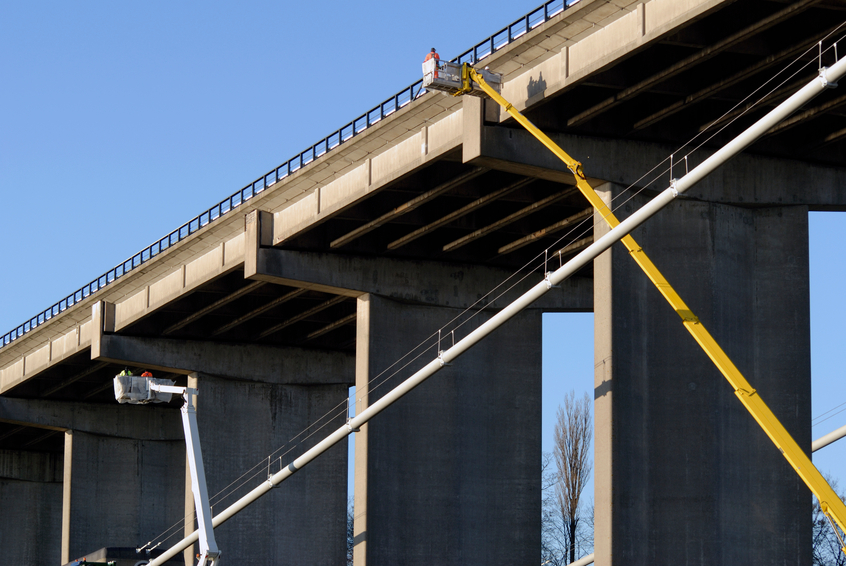Steel Bridges: Bearing Design

This online engineering PDH course provides practical information for efficient bearing design and detailing, as well as guidance in aiding the designer to determine which bearing type is best suited to cost-effectively accommodate the design requirements.
A bridge bearing is a component of a bridge which typically provides a resting surface between the bridge piers and the bridge decking. The bearing allows for movement control, and thus reduces the stresses occurring within the bridge structure.
Possible sources of movement within the bridge structure are: thermal expansion and contraction, creep, shrinkage, or fatigue due to the properties of the materials used for the bearing. External sources of movement include the settlement of the ground below, thermal expansion, and seismic activity.
This 2 PDH online course is applicable to civil and structural engineers and professionals who are interested in learning more about efficient bearing design in steel bridge applications.
This PE continuing education course is intended to provide you with the following specific knowledge and skills:
- Familiarizing with the basic types of bridge bearings
- Understanding the bearing design requirements
- Understanding the bearing style selection guidelines
- Learning about the design, fabrication and testing limitations of bridge bearings
- Gaining a general overview of the inspection and maintenance procedures of bridge bearings
Upon successful completion of the quiz, print your Certificate of Completion instantly. (Note: if you are paying by check or money order, you will be able to print it after we receive your payment.) For your convenience, we will also email it to you. Please note that you can log in to your account at any time to access and print your Certificate of Completion.